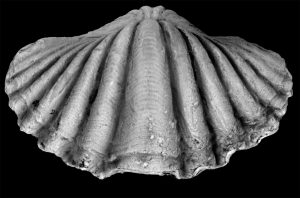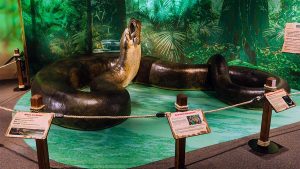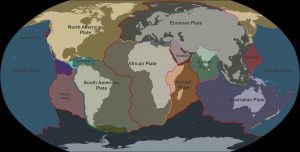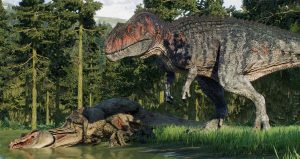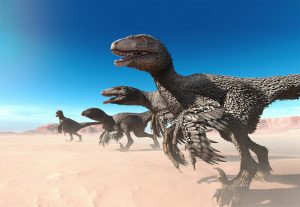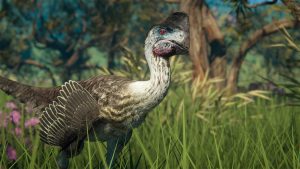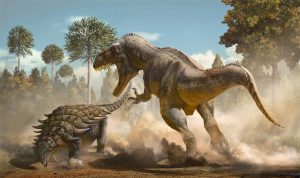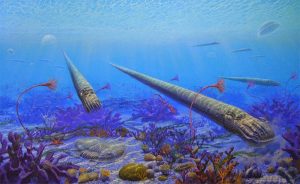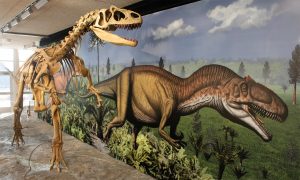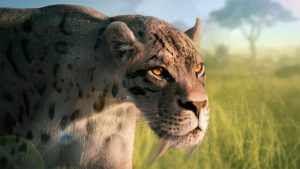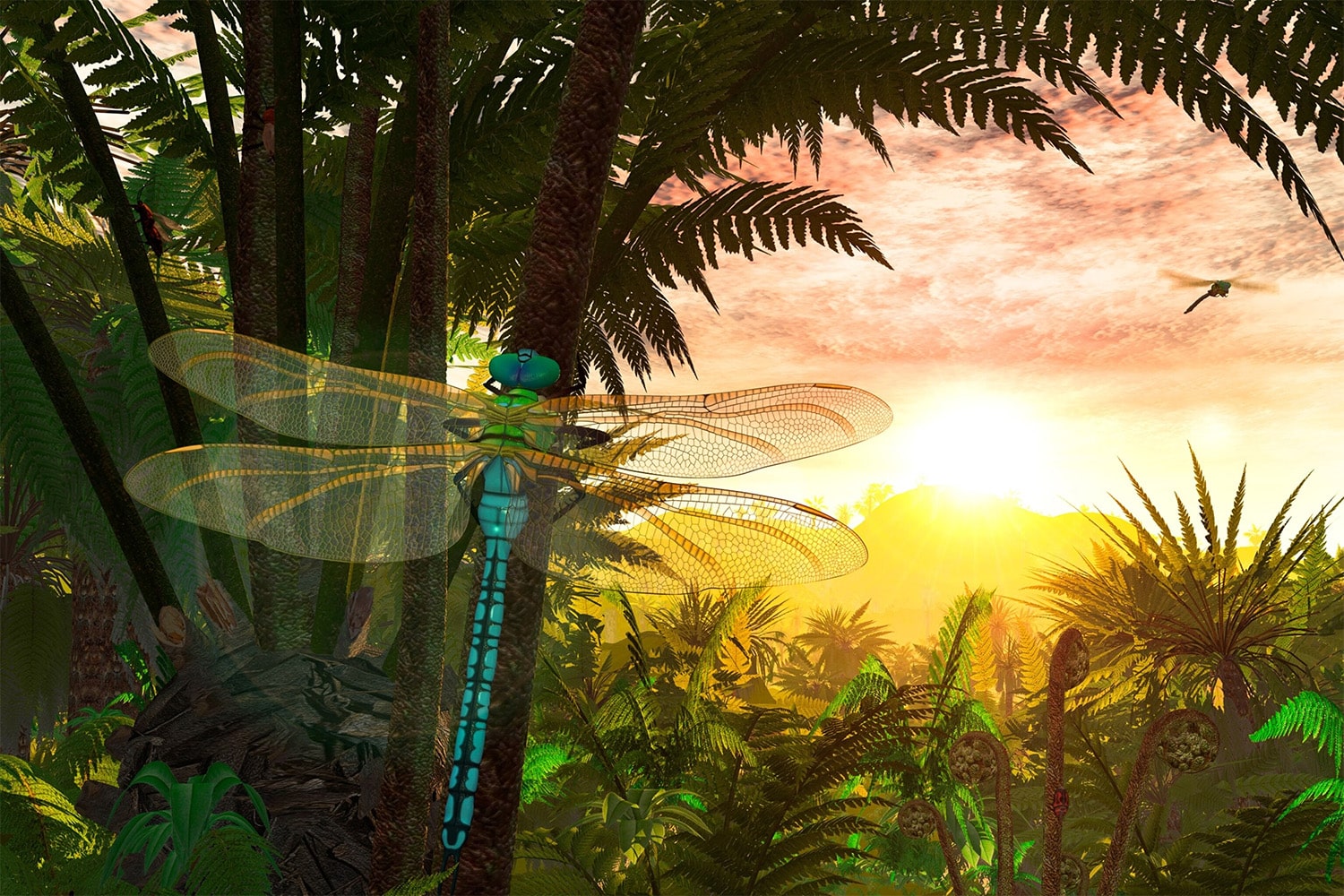
20 interesting facts about Meganeura (giant dragonfly)
- 👁️ 1566
Meganeura, often hailed as the giant dragonfly, is one of the most fascinating prehistoric insects to have ever existed. These gigantic creatures roamed the skies approximately 300 million years ago during the late Carboniferous period, capturing the imagination of scientists and paleontology enthusiasts alike. Unlike the dragonflies we are familiar with today, Meganeura boasted an incredible wingspan, making it one of the largest known flying insects. The discovery of Meganeura fossils has provided valuable insights into the atmospheric conditions of prehistoric Earth and the evolutionary history of insects. Let’s delve into some interesting and informative facts about Meganeura that highlight its significance in the paleontological record.
- Meganeura monyi, the most well-known species of this genus, had a wingspan of up to 70 centimeters (about 2.3 feet), comparable to that of a modern-day hawk.
- The first Meganeura fossil was discovered in France in 1880 by French paleontologist Charles Brongniart.
- Meganeura belonged to a group of insects known as griffinflies, which are the ancestors of modern dragonflies and damselflies.
- Scientists believe that Meganeura was able to grow to such enormous sizes due to the higher oxygen levels in the Earth’s atmosphere during the Carboniferous period, which were about 35% compared to today’s 21%.
- The higher oxygen levels allowed for greater diffusion of oxygen into the insect’s body, supporting a larger body size.
- Meganeura’s large size and powerful mandibles suggest that it was a predator, feeding on other insects and possibly small amphibians.
- Despite its formidable appearance, Meganeura’s wings were delicate and highly veined, similar to those of modern dragonflies.
- Fossils of Meganeura have been found in what is now Europe, particularly in France and England.
- The name “Meganeura” translates to “large-nerved,” referring to the prominent venation pattern observed on its wings.
- There is evidence to suggest that Meganeura underwent incomplete metamorphosis, meaning it did not have a pupal stage like butterflies but developed through several nymph stages.
- Unlike modern dragonflies, which lay their eggs in water, it is not known where Meganeura laid its eggs, as no fossilized eggs have been discovered.
- Meganeura is believed to have been an apex predator of its time, with few competitors or threats.
- The decline of Meganeura and other large insects is attributed to a decrease in atmospheric oxygen and the rise of birds as predators.
- Meganeura’s impressive size and flight capabilities have made it a subject of interest in popular culture, including documentaries and science fiction.
- The structure of Meganeura’s wings and flight mechanics are studied by scientists interested in bio-inspired engineering and robotics.
- The discovery of Meganeura fossils has helped scientists understand more about the biodiversity and ecological dynamics of the Carboniferous period.
- Meganeura fossils are relatively rare, making each discovery significant for paleontological research.
- The exact number of Meganeura species is still under debate, with some researchers suggesting there were multiple species within the genus.
- The Permian period’s environmental changes, which followed the Carboniferous period, likely contributed to the extinction of Meganeura.
- Meganeura’s existence challenges our understanding of the limitations of insect size and the factors that influence it, offering insights into evolutionary biology and the history of life on Earth.
Meganeura stands as a testament to the incredible diversity and adaptability of life on Earth. Its existence during the Carboniferous period highlights a time when the conditions on our planet allowed for the emergence of giant insects, offering a glimpse into a world vastly different from our own. The study of Meganeura not only sheds light on the evolutionary history of insects but also on the environmental and atmospheric conditions of prehistoric Earth. As research continues, Meganeura remains a symbol of the awe-inspiring potential of natural evolution and the endless mysteries of the past waiting to be uncovered.
